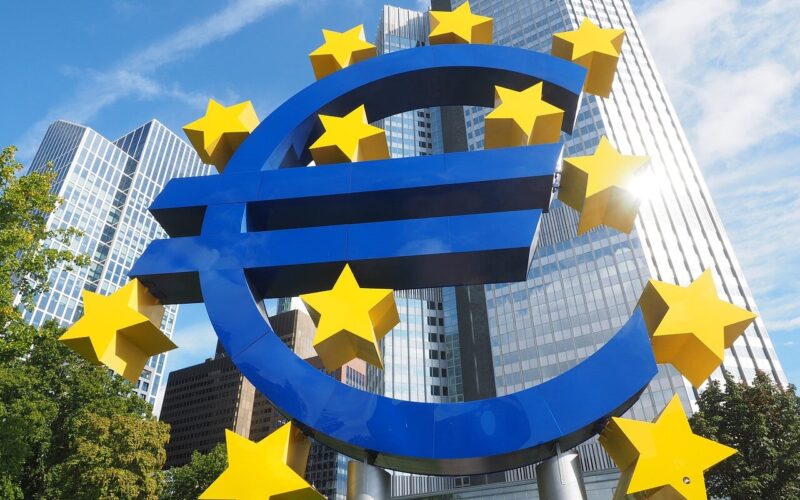Banco de España, Spain’s central bank, is joining forces with its European counterparts in an effort to familiarize their customers with the potential of the digital euro. The digital euro, a central bank digital currency (CBDC), is set to revolutionize the way we handle financial transactions. In a recent document released on October 19, Banco de España sheds light on the nature and utility of the European Union’s upcoming CBDC.
The traditional form of physical cash, according to Banco de España, is inadequate in the face of the increasingly digitized economy and society. Recognizing the need to embrace the advantages presented by the digital age, Banco de España sees the digital euro as a universally accepted form of payment within the eurozone, similar to traditional banknotes and coins.
The Promise of the Digital Euro
The digital euro is expected to play a pivotal role within the financial system. Its introduction will pave the way for seamless integration of electronic payments in our day-to-day financial transactions. This evolution promises to enhance the efficiency and convenience of monetary exchanges, marking a significant step forward in the broader landscape of digital finance.
“The digital euro is set to revolutionize the financial system and enhance the convenience of monetary exchanges.” – Banco de España
The underlying infrastructure supporting electronic payments, including machines, connections, and protocols, will be a fundamental pillar of our financial system. The Eurosystem, responsible for this infrastructure, takes measures to ensure its robustness and availability.
Building a Foundation for Financial Resilience
Banco de España envisions the digital euro to be based on public and European infrastructure. This strategic move not only reinforces the European financial system but also promotes greater independence from foreign alternatives, establishing a foundation for financial resilience and self-sufficiency.
“The digital euro will strengthen the European financial system and create a foundation for financial resilience.” – Banco de España
In terms of privacy, the digital euro can be used in two modes: “offline” and “online.” Offline payments with the digital euro provide a level of privacy equivalent to cash. Online transactions align with current electronic payment practices, with the user experience remaining similar.
It is worth noting that even though the Eurosystem is the infrastructure provider for the digital euro, individual user data in online transactions will only be visible to their financial institutions. The Eurosystem, in its role, does not have access to this data.
The “preparation phase” of the digital euro project began on October 18 and is expected to span over two years. This phase will focus on finalizing rules for the digital currency and selecting potential issuers. However, the final decision regarding the issuance of the pan-European CBDC is yet to be determined.
The European Central Bank (ECB) has also launched an information page dedicated to educating the public about the potential benefits of the digital euro. The ECB promises an “easier life” and a “stronger Europe” by providing essential services, such as account opening, fund loading, and payments, in a user-friendly and cost-free manner. The Bank of Finland (BOF) is also involved in the creation of a Finnish instant payment solution that aligns with European standards and shares a positive outlook on the digital euro.
“The digital euro is the most topical project in the European payment sector.” – Tuomas Välimäki, Board Member of the Bank of Finland
















